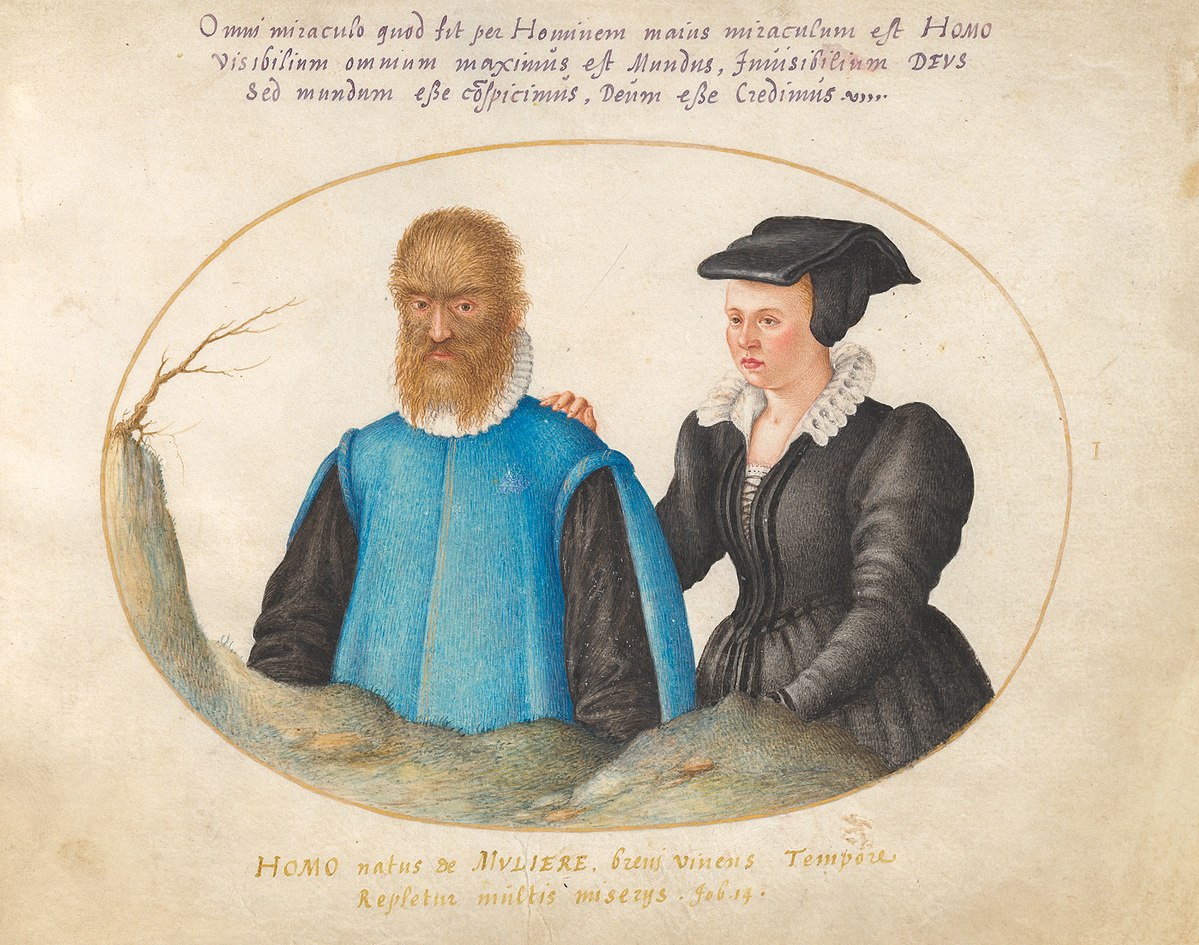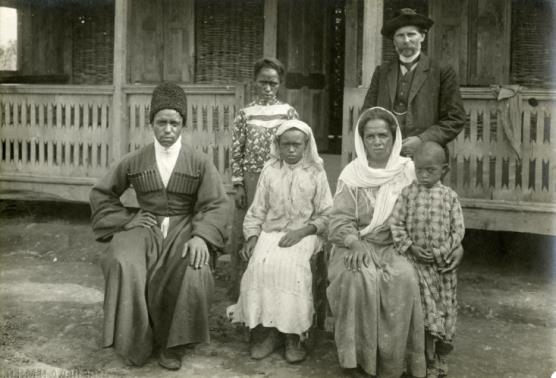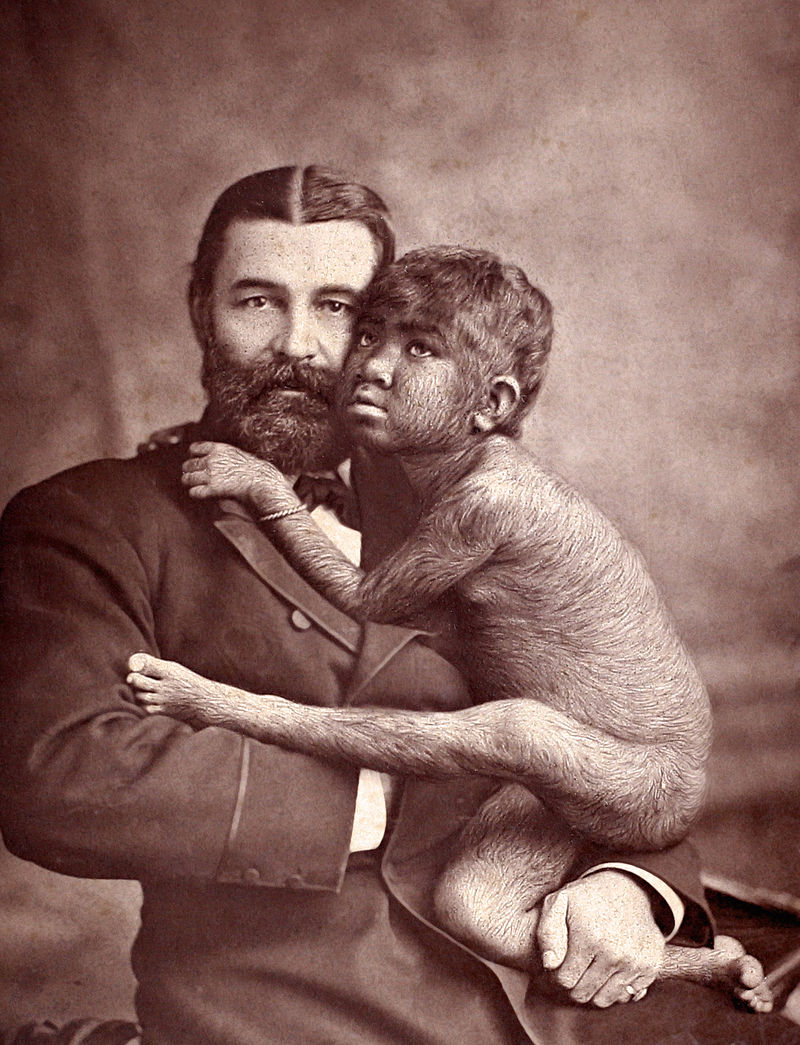Apollo
VIP
Weird ass story and recent study:
Abstract
Enigmatic phenomena have sparked the imagination of people around the globe into creating folkloric creatures. One prime example is Zana of Abkhazia (South Caucasus), a well-documented 19th century female who was captured living wild in the forest. Zana's appearance was sufficiently unusual, that she was referred to by locals as an Almasty—the analog of Bigfoot in the Caucasus. Although the exact location of Zana's burial site was unknown, the grave of her son, Khwit, was identified in 1971. The genomes of Khwit and the alleged Zana skeleton were sequenced to an average depth of ca. 3× using ancient DNA techniques. The identical mtDNA and parent-offspring relationship between the two indicated that the unknown woman was indeed Zana. Population genomic analyses demonstrated that Zana's immediate genetic ancestry can likely be traced to present-day East-African populations. We speculate that Zana might have had a genetic disorder such as congenital generalized hypertrichosis which could partially explain her strange behavior, lack of speech, and long body hair. Our findings elucidate Zana's unfortunate story and provide a clear example of how prejudices of the time led to notions of cryptic hominids that are still held and transmitted by some today.







Abstract
Enigmatic phenomena have sparked the imagination of people around the globe into creating folkloric creatures. One prime example is Zana of Abkhazia (South Caucasus), a well-documented 19th century female who was captured living wild in the forest. Zana's appearance was sufficiently unusual, that she was referred to by locals as an Almasty—the analog of Bigfoot in the Caucasus. Although the exact location of Zana's burial site was unknown, the grave of her son, Khwit, was identified in 1971. The genomes of Khwit and the alleged Zana skeleton were sequenced to an average depth of ca. 3× using ancient DNA techniques. The identical mtDNA and parent-offspring relationship between the two indicated that the unknown woman was indeed Zana. Population genomic analyses demonstrated that Zana's immediate genetic ancestry can likely be traced to present-day East-African populations. We speculate that Zana might have had a genetic disorder such as congenital generalized hypertrichosis which could partially explain her strange behavior, lack of speech, and long body hair. Our findings elucidate Zana's unfortunate story and provide a clear example of how prejudices of the time led to notions of cryptic hominids that are still held and transmitted by some today.


















